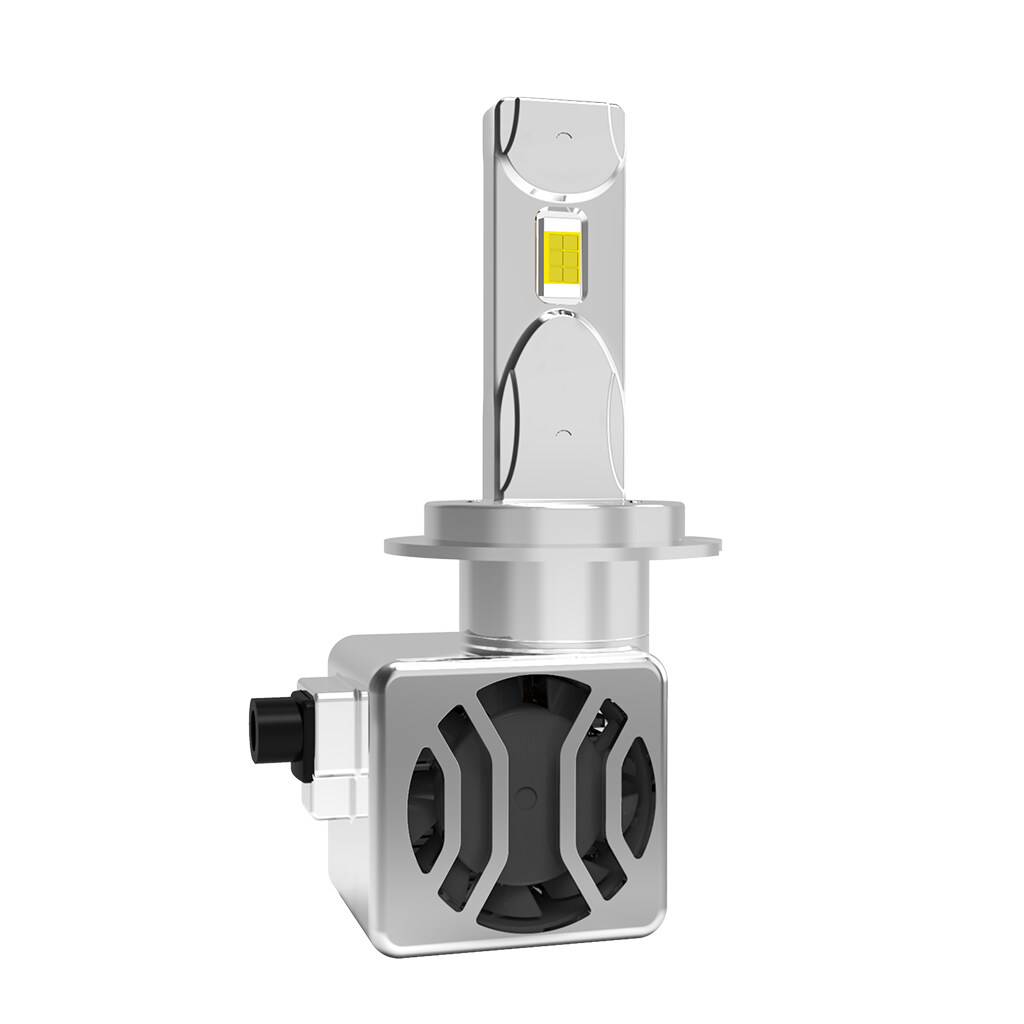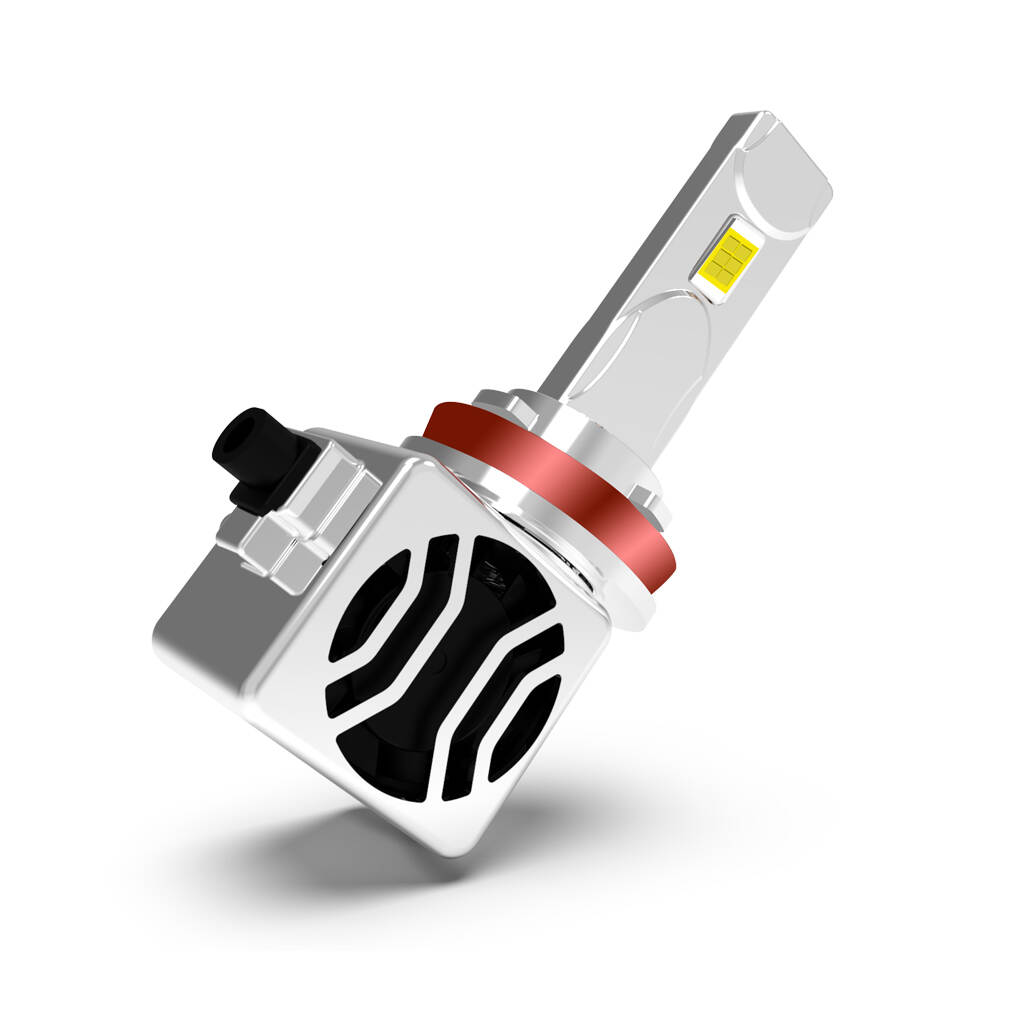Email format error
Email cannot be empty
Email already exists
6-20 characters(letters plus numbers only)
The password is inconsistent
Email format error
Email cannot be empty
Email does not exist
6-20 characters(letters plus numbers only)
The password is inconsistent


As we all know, LED headlights are very afraid of heat. If they continue to work in a high-temperature environment, they are prone to low power, light decay, reduced lifespan, and failures. Therefore, the heat dissipation performance of led headlights determines the service life of led headlights to a certain extent.
At present, there are mainly two types of heat dissipation methods for LED headlights on the market: heat dissipation strips and fans. Which one is better?

In terms of the working method, the fan is active cooling, and the cooling belt is passive cooling. When the light source is powered on, the fan starts working at the same time. The heat dissipation belt uses the principle of metal heat conduction, and after reaching a certain temperature, the heat is dissipated through the heat dissipation belt.
Structurally speaking, the LED headlight of the fan is compact in structure and small in size and can be installed into the assembly without drilling holes or damaging the dust cover. Due to the long heat dissipation belt of the LEDs of the heat dissipation belt, many models need to drill holes in the rear cover for installation.
Some cars are equipped with LEDs for heat dissipation strips. Due to insufficient space, the heat dissipation strips cannot be properly spread out, which affects the heat dissipation effect.
Fan cooling is indeed better in terms of heat dissipation. But its design requirements are high and the cost is high. The LED cooling fan on the market is generally more expensive than the cooling belt.